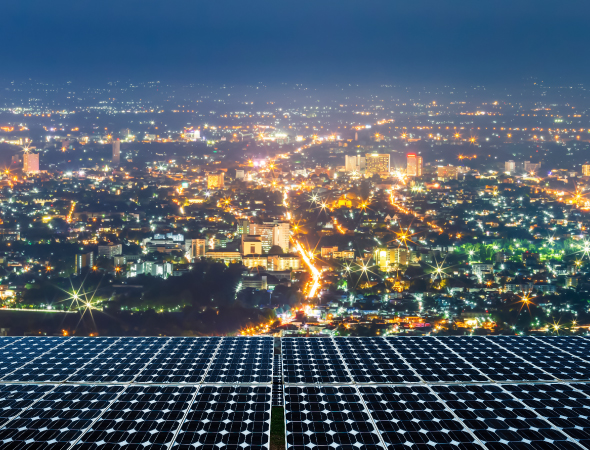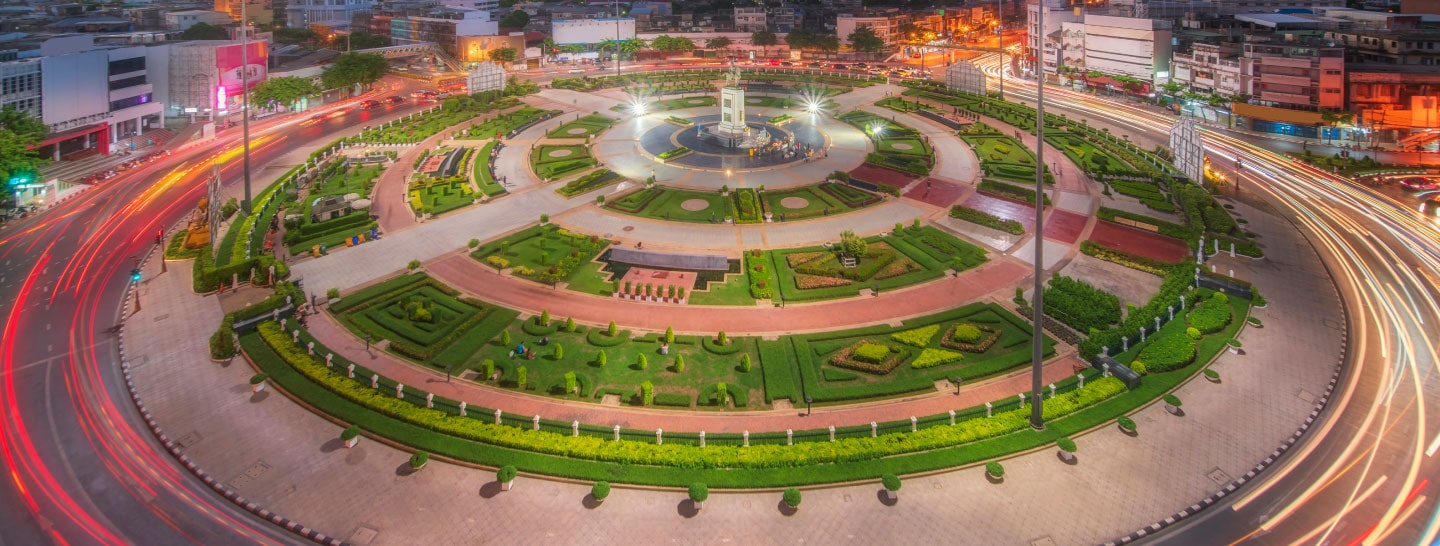
Evolving energy with remotization
Sustainable transition and digitalization are key discussions in today’s energy conversations. The conversations focus on how to evolve the current energy utilities spectrum to transform usage with an immediate, or near immediate impact on climate change and greenhouse gas (GHG) emission as well as how to evolve the services to a greener, more efficient operations. At the fulcrum of evolution are energy innovative providers like Enel X who are implementing new strategic imperatives through remotization that are directly transforming the current carbon-based economy toward a green and sustainable carbon-free economy.

Energy services and remotization
Physical distance has traditionally been the main hindrance for global service and energy providers are aware of that fact. As major players in evolving the energy landscape to reduce the world’s carbon footprint, energy providers are rapidly incorporating remotization directives in technology and communications services to pave the way for efficient and reliable structures, which will then directly impact customer satisfaction and retain energy efficiency.
With potential applications in almost every sector from generation plants and hydroelectric dams to transmission lines, distribution grids and client premises, remotization improves the overall efficiency of electric utility operations and quality of how services are offered, operated and maintained.
Smart City challenge
In August 2019, Enel X launched a Smart City challenge to explore new paths to reduce the cost of maintaining public lighting systems. Within less than a year, Enel X involved the prize winner PMI in an innovative project to co-develop an original and new solution that demonstrated the accuracy and economic benefits of satellite imagery analysis in assessing lighting pole census. The study applied machine learning algorithms to nocturnal and diurnal Satellite Imagery on the cities of Pescara (Italy), Móstoles (Spain) and Puente Alto (Chile) for an analysis that defined how to increase the efficiency and effectiveness in lighting poles localization and technology detection improve safety reducing on field assessment and detect relevant districts for the installation of new lighting poles.

The Enel X Study
Massive asset census capabilities, machine learning algorithms and high-definition satellites were used in the Enel X study. Satellite images were taken on cloudless evenings and then processed through both supervised and unsupervised machine learning algorithms that incorporated street topology open data to detect and recognize public lighting points only. Results were compared with Enel X ground for achieved accuracy which showed 90% of lighting poles recognized within a distance of 3 metres from the ground truth data.
The case study outcome shows that Enel X can now generate accurate data that provides useful and accurate information on census, status, technology and brightness/population correlation at the decision- making level. Additionally, it underlines the value of remotization as the workforce was made up of small teams who worked remotely and non-stop throughout the entire project and during the COVID-19 pandemic.
The benefits of remotization
Environmental impact, system reliability, operational efficiency and worker safety are the direct results of remotization. Through these innovative solutions, Enel X continues in its commitment to improving day-to-day systems as well as the long term landscape of utilities in order to foster the overall energy goal of comfort, reliability and affordability, all critical to the economy’s infrastructure.







